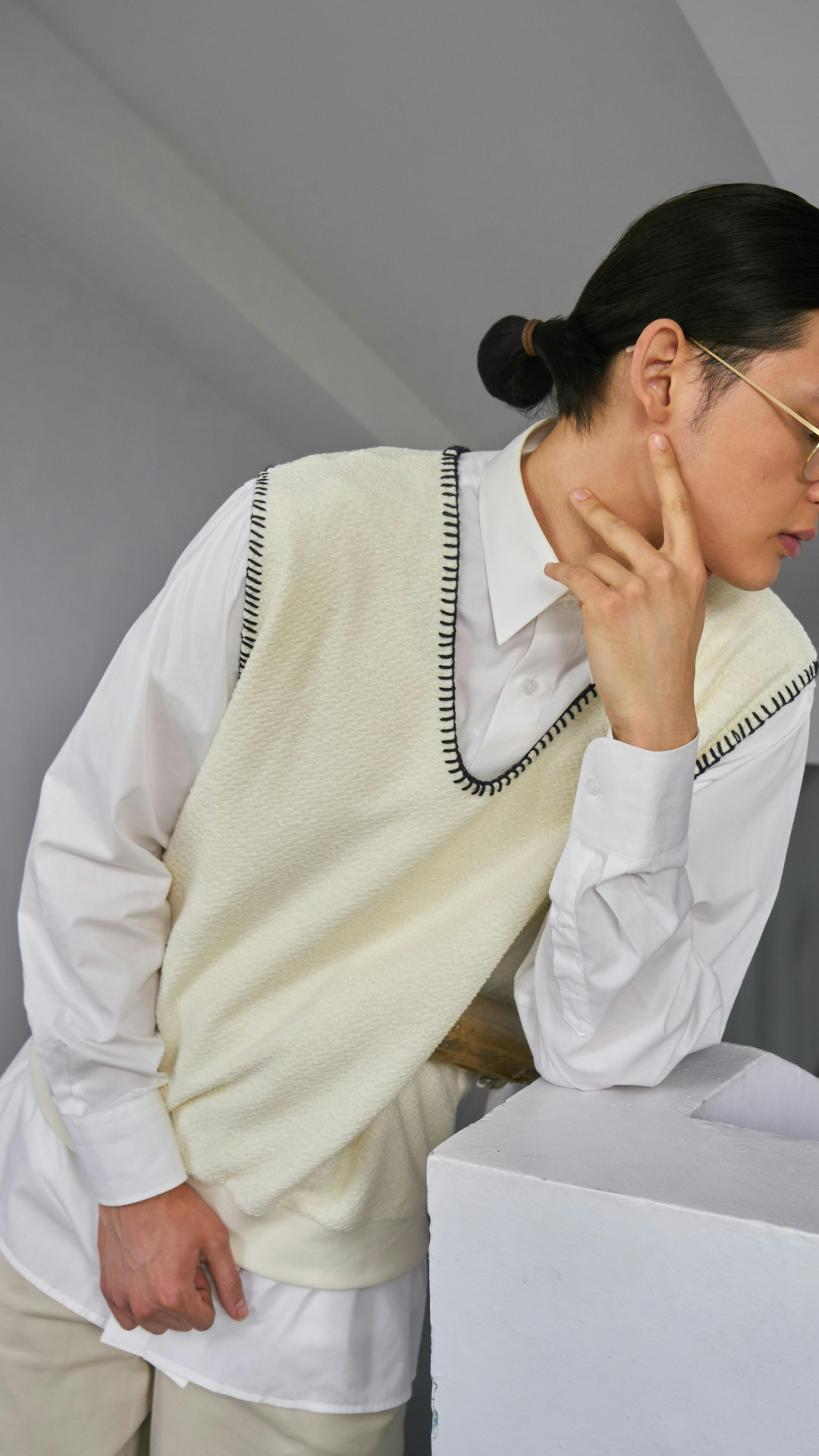The actual history of denim is shrouded in mystery. Since the late 19th century, jeans have gone from rugged workwear to fashion apparel that we couldn't live without. The journey of this humble fabric reflects its remarkable versatility and enduring appeal.
The origins of denim
Denim’s story begins in the 17th century, with fabric from the French town of Nîmes—hence the name "de Names," or denim. Originally, it was crafted as a durable textile for hardworking individuals, valued for its strength and resilience. Sailors in Genoa, Italy, also wore a similar fabric, giving rise to the term "jeans," derived from the French word Gênes (Genoa).
However, denim as we know it today gained prominence in 1873 when Jacob Davis and Levi Strauss patented riveted pants. Designed for miners and laborers during the California Gold Rush, these garments were revolutionary in their durability and practicality. With their copper rivets and reinforced seams, the iconic “blue jeans” became synonymous with hard work and ruggedness.
The evolution into everyday wear
By the 1950s, denim had outgrown its workwear roots and entered the realm of popular culture. Films like Rebel Without a Cause showcased James Dean in a pair of slim-fit jeans, catapulting denim into the zeitgeist as a symbol of youthful rebellion. Teenagers embraced jeans as an emblem of nonconformity, much to the dismay of older generations.
The 1960s and 1970s saw denim evolve further, reflecting the counterculture movements of the time. From bell-bottoms worn by hippies to denim jackets embraced by rock stars, the fabric became a blank canvas for self-expression. Faded washes, embroidery, and embellishments added individuality, ensuring denim remained relevant across diverse subcultures.
From utility to luxury
The 1980s marked the ascent of designer denim, with brands like Calvin Klein and Guess elevating jeans to a symbol of status and luxury. Advertising campaigns portrayed denim as both sexy and sophisticated, a sharp contrast to its humble beginnings. This era also introduced the idea of premium pricing for artisanal craftsmanship and distinctive styles, solidifying denim’s place in high fashion.
Today, luxury fashion houses such as Gucci, Chanel, and Balenciaga incorporate denim into their collections, merging utility with opulence. From runway-ready denim dresses to limited-edition collaborations, the fabric’s versatility knows no bounds.
Sustainability in denim
As fashion shifts toward eco-consciousness, denim has adapted yet again. Brands now focus on sustainable practices, from organic cotton sourcing to water-efficient production methods. Innovations like recycled denim and biodegradable dyes are reshaping the industry, proving that denim can stay relevant without compromising the environment.



